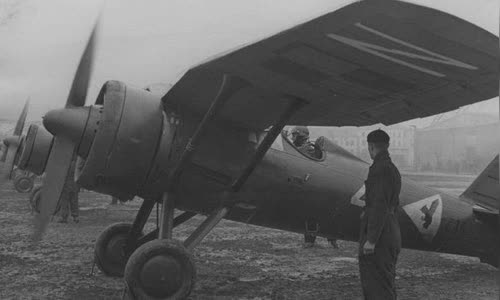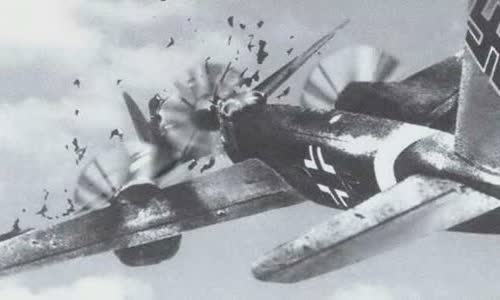Soviet pilots adopted Taran strategy, leaving planes into the enemy to kill the goal, but still enough time to jump even if he escaped.
Kamikaze's suicide attacks of Japanese pilots have ever obsessed with allied forces on the Pacific Front, but that is not the first to perform suicide strategy by plane during World War

Photo: WATM
Soviet pilots and Poland have adopted Taran strategies, using their own aircraft as a German Air Force weapons right from the early days of World War II.
P.11 fighter of Poland during World War II.
The first Taran attack was recorded on September 1, 1939, when the Polish Air Force confronted the overwhelming German forces in quantity and technology.
In order to prevent the opponent to bomb the nearby strategic city, Pamula controlled his P.11 fighter rushing into the target.
The 1986 analysis of the RAND Institute in the US showed that Taran tactical attacks had three types.
Both attack methods allow to destroy enemy planes without life-threatening pilots.

Photo: History
When he was invaded by Germany in 1941, the Soviet pilot quickly applied Taran strategy to deal with.
A report in 1974 estimated the total number of times the Soviet pilots implemented Taran strategy during World War II.
Figure simulates a Taran attack of Soviet pilots.
Tarna strategy is less known than Japan's Kamikaze attack because Taran is considered a strategy suitable for the situation, while Kamikaze is a horrifying weapon.
Taran's goal is to disable enemy aircraft, making the enemy pilot to parachute and cannot fulfill the goal.
Meanwhile, Kamikaze is not the best military tactic, but can be horrified because a successful attack is enough to disable aircraft carriers, battleships or enemy cruisers, making goods



 Darla Davis
Darla Davis







